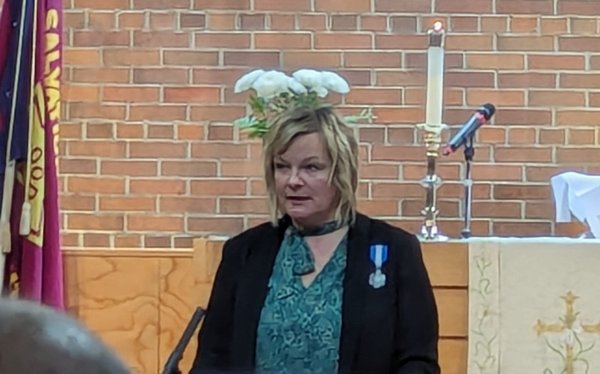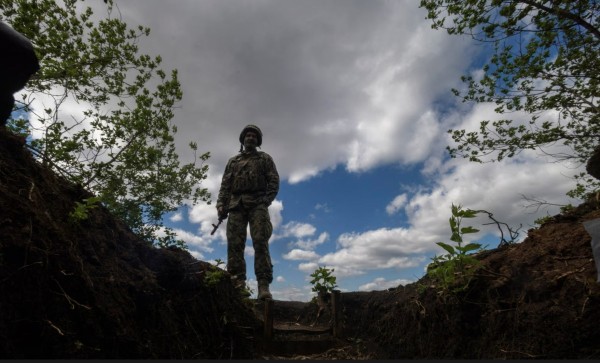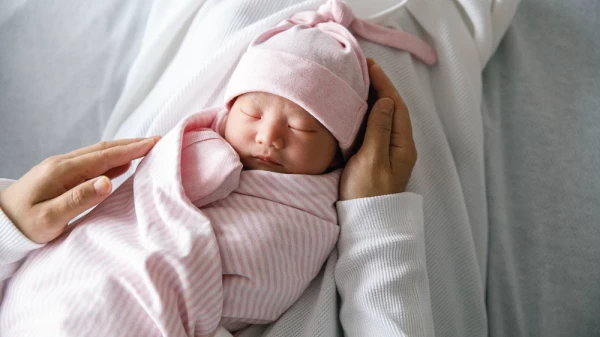What transpired is complicated. It is also a story of subterfuge by Russia. To properly understand the events, we need to go back to the spring of 1918.
The setting
Georgia was briefly free, following its declaration of independence from Russia on May 26, 1918. On May 7, 1920 Soviet Russia signed a Peace Treaty with the young Democratic Republic of Georgia – The Treaty of Moscow (1920) – which explicitly recognized its sovereignty and promised to forgo any and all territorial ambitions. In short, Russia promised to respect Georgia's territorial integrity forever. It should be noted that Georgia’s independence was also recognized by the international community of the time.
Within months, Russia started to foment anti-governmental riots in various regions of the country, especially among ethnic minorities such as the Abkhazians and Ossetians. They also provoked numerous border incidents along the frontier of the Azerbaijan SSR.
Less than a year after signing this treaty, the Russian Army invaded Georgia on the pretext of "saving minority peoples (Abkhazians & Ossetians) and the peasants.” This was in February 1921 and Georgia was destined to remain under Russian rule for the following 70 years.
Come 1991, the Soviet Union collapsed and Georgia quickly declared independence. International recognition and acceptance followed for this easternmost of the world’s Christian nations. Internationally Georgia’s historic territory was recognized as including the regions of Abkhazia and South Ossetia.
Putin’s Russia attempted to regain control by destabilizing Georgia (as well as the whole of the Caucasus). The 1920’s scenario described above was once again being knowingly played out: foment separatism among Abkhazians and Ossetians in Georgia, provoke crises, when the time is ripe and the situation right, invade, conquer, and annex.
The ethnic composition of Abkhazia in 1989 was about 46% (240,000) Georgian, 18% (93,000) Abkhazian, 15% (77,000) Armenian, 14% (75,000) Russian and the rest a hodgepodge, which included Estonians.
During the Russian fomented, funded and otherwise aided civil war, the minority Abkhazians drove out all other ethnicities except the Russians. They accomplished this via massive massacres and terror. This was ethnic cleansing. Abkhazia is today a depopulated region.
South Ossetia's population was about 70,000 a year or two ago after having undergone a similar Russian sponsored and abetted ethnic cleansing. Most Canadian towns have larger populations than this region.
Significantly, the Russians decided to give Russian citizenship to the remaining local population.
The trap
A number of months ago, the Russians moved a large number of troops and tanks just outside of Georgia’s borders. Close to 1,000 tanks were deployed just outside of South Ossetia. (Note that in 2007, Russia also introduced large numbers of tanks and troops, including the crack 76th Airborne Brigade, near the borders of Estonia, Latvia, and Lithuania.)
Thereafter, a number of border incidents were instigated by South Ossetian “Rebels”, mainly the shelling of Georgian villages near the border. This harassment steadily increased until in early August the casualties in Georgia became significant and Georgia decided to militarily deal with the “rebels”... they crossed the Ossetian border.
The Russians immediately attacked Georgia with the full might of their amassed troops under the pretext of offering protection to the (recently created) Russian citizens living there.
This was Russia's plan and that is how the Georgians fell into the trap.
Backgrounder to the Russian invasion of Georgia (17)
Archived Articles | 05 Sep 2008 | Toomas MeriloEWR
Viimased kommentaarid
Kommentaarid on kirjutatud EWR lugejate poolt. Nende sisu ei pruugi ühtida EWR toimetuse seisukohtadega.
I know that the EU was supposed to be an economic coalition...but why do you have to see the flags posted everywhere here which I've noticed while living here. I first I worried, that all it does is replace the red hammer & sickle flag. I am missing the Estonia that was Estonia when it got it's freedom back. When it didn't care who was who and what happened, just that they were free again. Now I feel like they pushed the buttons too far, defining our granparents & parents' labels of eachother again, and going overboard with the whole EU and NATO thing. I've spoken to many Esto's here, and despite their fears that Russia would want Estonia back and another invasion, there are many of them feeling the same way. And missing Ruutel!
Maxim, your analysis of the current security/insecurity paradigm is logical. What we resent is your constant harping on Estonians abroad who in your estimation are too gullible, naive and devoid of the political spohistication to spot power shifs as they occur. Sometimes distance provides a sharper focus of developments.
For your information, Maximahv, The EU is primarily an economic coalition. By contrast, NATO is a military pact.
For someone so stupid, you certainly know how to strut like a know-it-all.
For someone so stupid, you certainly know how to strut like a know-it-all.
Archived Articles
TRENDING





















